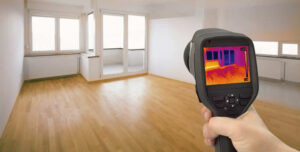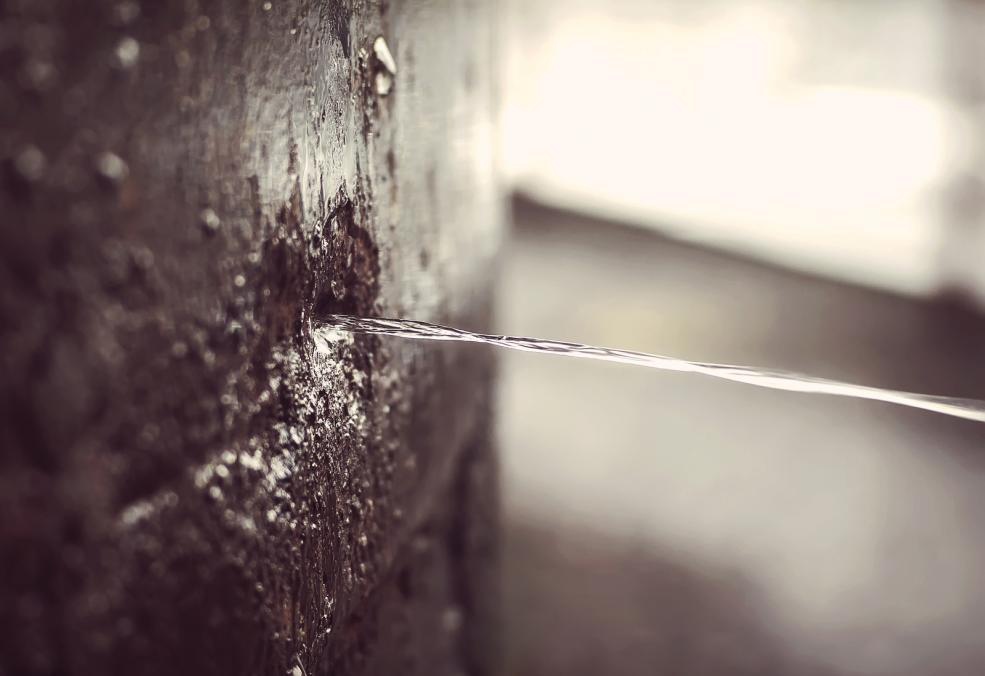How to Examine If Your Residence Has a Surprise Leakage
How to Examine If Your Residence Has a Surprise Leakage
Blog Article
We've found this article about Hacks to detect leaks directly below on the web and believe it made sense to relate it with you on this site.

Early discovery of leaking water lines can alleviate a potential calamity. In addition to conserving you cash, it will certainly lessen the worry and frustration. The moment you discover a leakage, calling your plumber for repair services is the best remedy. Some tiny water leaks might not be noticeable. Right here are some hacks that assist if you can not find it with your naked eyes.
1. Take A Look At the Water Meter
Checking it is a guaranteed method that assists you uncover leakages. If it relocates, that shows a fast-moving leakage. This suggests you might have a slow-moving leakage that could even be below ground.
2. Inspect Water Intake
Analyze your water costs and also track your water intake. As the one paying it, you need to notice if there are any discrepancies. If you find sudden changes, despite your consumption being the same, it means that you have leakages in your plumbing system. Bear in mind, your water bill should drop under the same range every month. A sudden spike in your costs shows a fast-moving leakage.
Meanwhile, a steady rise each month, despite the same habits, shows you have a slow leakage that's likewise slowly rising. Call a plumber to completely check your residential or commercial property, especially if you really feel a warm location on your floor with piping below.
3. Do a Food Coloring Test
When it comes to water consumption, 30% comes from commodes. If the shade in some way infiltrates your dish during that time without flushing, there's a leakage between the storage tank as well as dish.
4. Asses Outside Lines
Do not fail to remember to inspect your outside water lines also. Needs to water permeate out of the connection, you have a loose rubber gasket. One tiny leak can squander lots of water as well as increase your water costs.
5. Evaluate and Evaluate the Circumstance
Home owners need to make it a habit to examine under the sink counters and also also inside closets for any type of bad odor or mold and mildew growth. These 2 warnings show a leakage so timely interest is needed. Doing routine inspections, even bi-annually, can conserve you from a significant trouble.
If you recognize your residence is already old, keep a careful eye on your heating systems, pipes, pipes and so on. Check for discolorations and also damaging as a lot of home appliances and pipelines have a life span. They will additionally naturally deteriorate because of wear and tear. If you suspect dripping water lines in your plumbing system, don't await it to intensify. Call an expert plumber right now so you don't end up with a horrible mess in your home.
Early detection of dripping water lines can reduce a possible disaster. Some small water leakages may not be noticeable. Checking it is a guaranteed means that helps you find leakages. One small leak can lose heaps of water and also spike your water bill.
If you think leaking water lines in your plumbing system, do not wait for it to escalate.
WARNING SIGNS OF WATER LEAKAGE BEHIND THE WALL
PERSISTENT MUSTY ODORS
As water slowly drips from a leaky pipe inside the wall, flooring and sheetrock stay damp and develop an odor similar to wet cardboard. It generates a musty smell that can help you find hidden leaks.
MOLD IN UNUSUAL AREAS
Mold usually grows in wet areas like kitchens, baths and laundry rooms. If you spot the stuff on walls or baseboards in other rooms of the house, it’s a good indicator of undetected water leaks.
STAINS THAT GROW
When mold thrives around a leaky pipe, it sometimes takes hold on the inside surface of the affected wall. A growing stain on otherwise clean sheetrock is often your sign of a hidden plumbing problem.
PEELING OR BUBBLING WALLPAPER / PAINT
This clue is easy to miss in rooms that don’t get much use. When you see wallpaper separating along seams or paint bubbling or flaking off the wall, blame sheetrock that stays wet because of an undetected leak.
BUCKLED CEILINGS AND STAINED FLOORS
If ceilings or floors in bathrooms, kitchens or laundry areas develop structural problems, don’t rule out constant damp inside the walls. Wet sheetrock can affect adjacent framing, flooring and ceilings.
https://www.servicemasterbyzaba.com/blog/how-to-detect-water-leakage-in-walls/

We were made aware of that editorial on Locating water leaks from someone on our other web property. Feel free to take the time to promote this post if you enjoyed it. Kudos for your time. Please come by our blog back soon.
Report this page